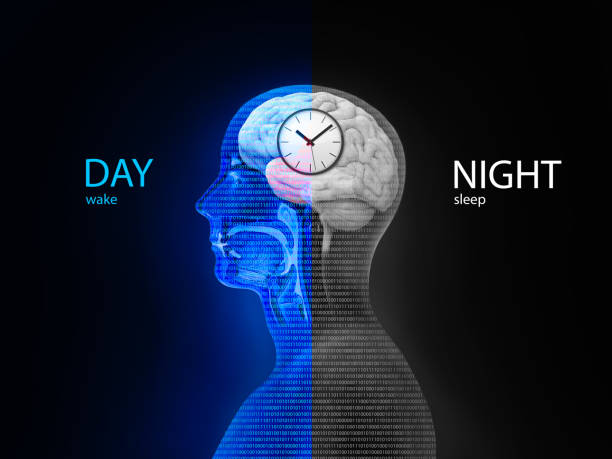I apologize for the confusion in my previous responses. I'll create a new article in English for a UK audience, following all the guidelines provided. Here's the corrected version:
Imagine a world where the simple act of adjusting your lighting could dramatically improve your health, mood, and cognitive function. This isn't science fiction—it's the cutting-edge realm of light biohacking. As we delve into this fascinating intersection of biology and technology, we'll explore how manipulating our light environment can unlock unprecedented wellness benefits. Are you ready to illuminate your path to optimal health?

The Science Behind Light and Health
Light isn’t just about visibility; it’s a powerful biological signal that regulates our circadian rhythms, hormone production, and cellular function. Our bodies have evolved to respond to the natural light-dark cycle of the sun, but modern life often disrupts this delicate balance. Artificial lighting, screens, and irregular schedules can wreak havoc on our internal clocks, leading to a host of health issues.
Research has shown that different wavelengths of light can have profound effects on our physiology. Blue light, for instance, suppresses melatonin production, keeping us alert but potentially disrupting sleep if exposed to it in the evening. On the other hand, red and near-infrared light have been found to stimulate mitochondrial function, potentially enhancing cellular energy production and promoting healing.
Circadian Rhythm Optimisation
One of the core principles of light biohacking is aligning our light exposure with our natural circadian rhythms. This involves mimicking the sun’s natural progression throughout the day. In the morning, exposure to bright, blue-rich light can help wake us up and boost alertness. As the day progresses, gradually reducing blue light and introducing warmer tones can prepare our bodies for rest.
Practical implementation might involve using smart bulbs that automatically adjust their colour temperature and brightness throughout the day. Some biohackers even wear specialised glasses that filter out blue light in the evening, allowing their bodies to naturally produce melatonin and prepare for sleep.
Therapeutic Light Applications
Beyond circadian entrainment, specific light therapies are being explored for their potential health benefits. Red light therapy, also known as photobiomodulation, has shown promising results in skin health, wound healing, and reducing inflammation. Some studies suggest it may even help with muscle recovery and cognitive function.
Another intriguing application is the use of narrow-band green light for migraine relief. Research has shown that exposure to a specific wavelength of green light can reduce the intensity and frequency of migraines in some individuals, offering a non-pharmacological approach to pain management.
Light and Mental Health
The impact of light on mental health is a growing area of interest. Seasonal Affective Disorder (SAD) has long been treated with light therapy, but new research is exploring how light can be used to address other mood disorders. Some studies suggest that carefully timed light exposure can help regulate neurotransmitter levels, potentially offering relief for conditions like depression and anxiety.
Moreover, the concept of “light hygiene” is gaining traction as a preventative measure for mental health. This involves being mindful of our light environment throughout the day, ensuring we get enough natural daylight and limiting exposure to disruptive artificial light, especially in the evening.
The Future of Light Biohacking
As our understanding of light’s impact on health grows, so does the potential for innovative applications. Researchers are exploring the use of targeted light therapies for everything from accelerating wound healing to enhancing cognitive performance. The development of personalised light prescriptions based on an individual’s genetic profile and circadian type is on the horizon.
Wearable technology is also evolving to incorporate light therapy. From light-emitting earbuds that claim to boost mood and energy to smart glasses that automatically filter light based on the time of day, the future of light biohacking is bright and wearable.
Illuminating Facts and Practical Tips
-
Our eyes have specific photoreceptors called ipRGCs that are primarily responsible for detecting light for circadian rhythm regulation, rather than vision.
-
Exposure to sunlight in the morning can help set your circadian rhythm and improve sleep quality at night.
-
Blue light isn’t all bad—daytime exposure to blue-rich light can improve alertness, mood, and cognitive function.
-
Consider using warm, dim lighting in the evening to signal to your body that it’s time to wind down.
-
Some plants have been shown to synchronise their circadian rhythms with artificial light cycles, suggesting the widespread importance of light cues in biology.
In conclusion, light biohacking represents a fascinating frontier in health optimisation. By understanding and leveraging the power of light, we can potentially enhance our physical health, mental wellbeing, and cognitive performance. As research in this field continues to advance, the future looks bright for those willing to illuminate their path to wellness through the strategic use of light.




